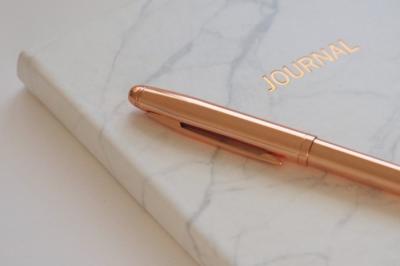Exercises To Improve Sentence Structure
As essential as the morning bell, registration and lunch break, we all need structure in order for life to make sense.
… And our literacy studies are no different.
Sentences with no structure are essentially gibberish; a personal babble with no meaning to anyone else. However, this can be difficult to explain to a class of KS1 children, especially when many are only just learning to read for themselves.
Luckily, help is at hand – just take a look at our tips for improving sentence structure, and you’ll be adding them to your toolkit in no time.
1. Keep It Short
 When children write pages and pages of excited prose, you can bask in your ability to create enthusiastic writers. However, when you discover that most of the sentences don’t make sense, it can be hard to break it down and explain why.
When children write pages and pages of excited prose, you can bask in your ability to create enthusiastic writers. However, when you discover that most of the sentences don’t make sense, it can be hard to break it down and explain why.
You can keep on promoting those epic story-writing sessions, but when the focus is on grammar and punctuation, keep the sentences short – one or two is fine. This should be enough to improve, alter and adjust sentences without being overwhelmed.
A game like the one below is a great place to start…
2. Washing Lines
First, create your washing line. If you have the time and patience, this could be a real one, complete with pegs… but as you’re only human, drawing one on the whiteboard is absolutely fine as well.
Next, write a sentence, with each word and piece of punctuation on an individual t-shirt shaped piece of paper (socks, trousers or underwear also acceptable). The sentence is going to be jumbled up when it’s pinned onto the line.
The children then need to un-jumble the sentence, either alone or in groups. Once they’ve had a go at transcribing their answers, you can un-jumble the sentence on the line to show how it should look and sound (reading it aloud will always be helpful).
3. Story by Sentences
 Ready for something a little more complex? Let’s go!
Ready for something a little more complex? Let’s go!
Give the class a sentence starter – for example, “The monkey ate a banana.”
Ask the class to add a conjunction and finish it – “The monkey ate a banana and wanted another.”
The end of the sentence then becomes the start of the next - “The monkey wanted another banana, so he picked one from the tree.”
“The monkey picked a banana from the tree and then there were none left.”
Just like that, you’ll have created well-structured sentences that don’t ramble, and tell a tale.
4. Golden Punctuation Pens
If the majority of children in the class are catching on with their structured sentences, but others are drawing a grammar and punctuation blank, try a Golden Pen.
After a child has written their sentences, talk them through where the punctuation should go.
Then, ask the child to add it to their writing using a Golden Pen.
Far more positive than an angry red biro, this is a correction that feels positive – and hopefully the child can recall next time.
5. The Idea Train
 Still stuck? Try encouraging the class to think of sentences as individual ideas.
Still stuck? Try encouraging the class to think of sentences as individual ideas.
Is it a new ‘idea’? Then it needs a full stop to separate it from the last one.
Once the children have got the hang of separating ideas, you can bring in more complex connectives – and away they go!
How can Mighty Writer Help?
Mighty writer can make a significant difference to childrens understanding of sentence structure, grammar and punctuation. You can build sentences over time, gradually creating increasingly complex sentences. Children can then use this knowledge and apply it to any genre. Click on the link below to find out more about the impact mighty writer could have in your classroom.
How Can Mighty Writer Help?
If you want to take your pupils' writing skills to the next level, consider using Mighty Writer. This innovative resource is designed to make writing fun and engaging for young learners, while also developing their core literacy skills. With Mighty Writer, your pupils will love writing and you'll love the results!
Want to learn more about the Mighty Writer resource? Download our free Teachers Guide by clicking the link below!

